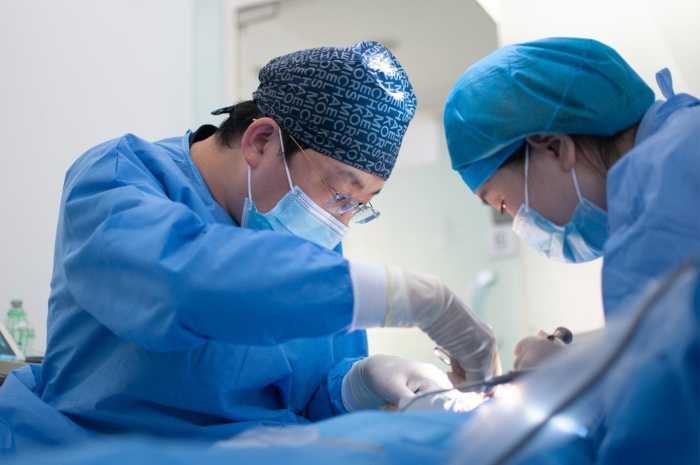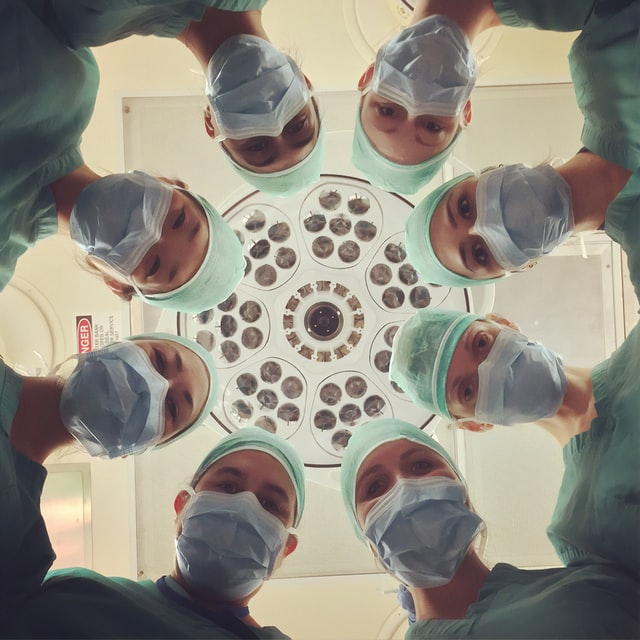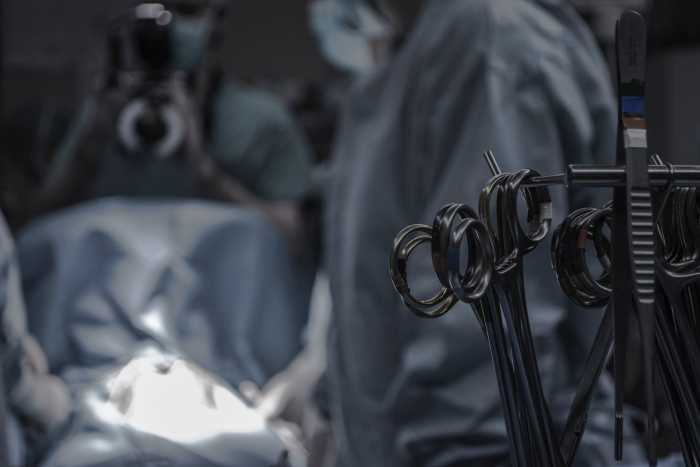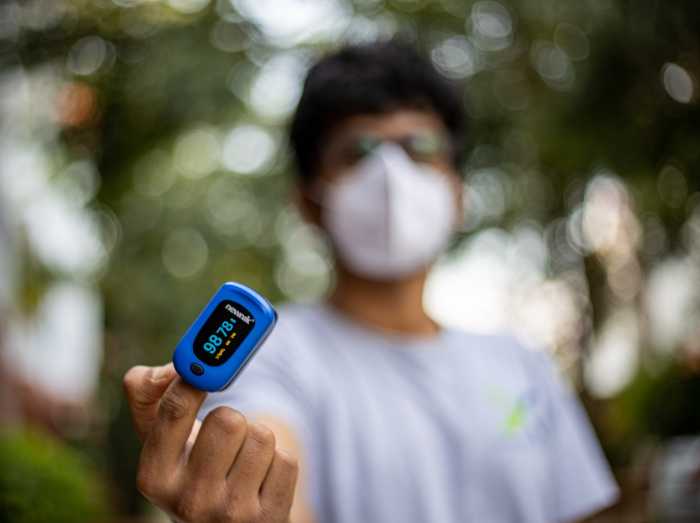An operating room represents one of the most complex and carefully designed spaces in the world. They are filled with equipment that will, or may, be used throughout the course of a wide range of different procedures. Here are just a few of the essentials found in an operating room.

Anaesthesia Cart
Administrating anaesthesia to patients during surgery is incredibly complex, and anaesthesiologists need to keep plenty of tools to hand. Keeping them organised within a dedicated cart ensures that the patient will be able to receive any necessary care as quickly as possible.
Surgical Retractor
A surgical retractor is an essential piece of equipment for keeping an incision open during surgery, or for keeping organs away from the site being operated upon. They are crucial to allowing the surgeon proper access to areas all over the body.
Scalpel
The scalpel is perhaps the most recognisable instrument utilised by surgeons. It is an incredibly sharp knife used for making precise incisions during surgery.
Operating Table
This is where the patient will lie during their operation. They can be adjustable, to ensure that the arrangement is suited to the nature of the surgery being conducted.
Surgical Lights

One of the most essential pieces of equipment during any procedure, these lights can be easily adjusted to ensure that the surgeon is never struggling to see what they are doing.
Defibrillator
While it may not be needed in the majority of procedures, a defibrillator must be close at hand in order to ensure that, should the patient experience a cardiac dysrhythmia (changes to heartbeat), they can be treated quickly.
Suction Pump
Ensuring that the area being operated upon is clear of fluid is critical to ensuring that the surgeon can see what they are doing. Suction is used throughout the course of many operations to ensure visibility.
Waste Disposal
Surgeries lead to plenty of waste, all of which is considered a biohazard, which means that stringent measures must be followed for disposing of any waste as quickly as possible.
Sterilisation Equipment
Everything used within the operating room must be thoroughly sterilised in order to mitigate the risk of infection. This can be done using, for instance, steam, dry heat, chemicals like hydrogen peroxide, or plasma gas sterilisers.
Surgical Scissors
Surgical scissors come in a number of different curvatures or may be straight, and varying degrees of sharpness. They are used for cutting through tissue with precision.
Haemostat

Any open blood vessels risk causing significant blood loss, which is why haemostats are used during the procedure to compress these vessels and prevent excess bleeding.
Needle Drivers
At the end of a procedure, the surgeon will use a needle driver to hold their instruments as they suture incisions closed.
IV Drip
Anaesthesia may be administered via an IV, or other fluids may be given to the patient throughout the procedure.
PPE
Personal protective equipment such as masks, gowns, and gloves are essential to ensuring that the room is kept sterile, and that no germs or debris end up anywhere near the patient.
Oxygen Tank
Anaesthesia effectively paralyses the patient’s body, and that means that it is incredibly easy for them to become under oxygenated, which is why oxygen is regularly administered to patients before, during, and after the procedure.
Absorbent Tray Liners
Any instruments not currently in use will be placed back on the surgeon’s tray, on top of a tray liner. This helps to keep them sterile.
Surgical Drapes
Drapes ensure that the sterile field is maintained from beginning to end.
Electrocautery Machine
Cauterisation has a number of different uses in surgical settings, from burning off unwanted tissues to sealing blood vessels. Surgeons will always ensure one of these machines is to hand.
Pulse Oximeter

This device is clipped onto the finger and measures the oxygen levels in a patient’s blood to make certain that they remain healthy.
Heartrate Monitor
A patient’s heart rate should be carefully monitored throughout the procedure, in order to ensure that their health is not deteriorating as a result of the anaesthesia, or the surgery itself.










